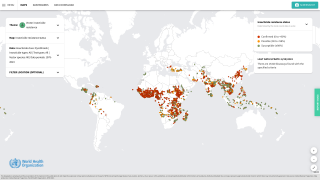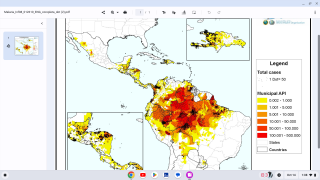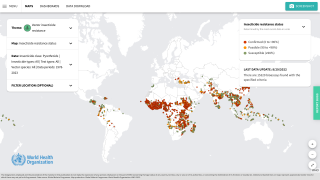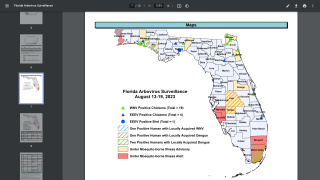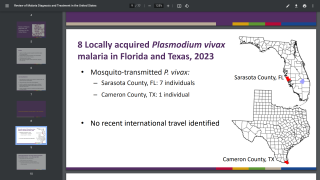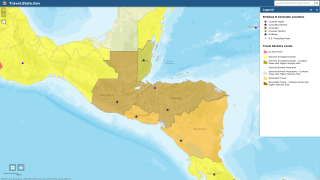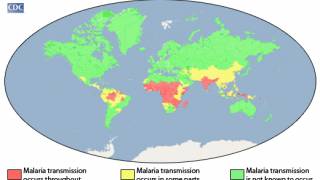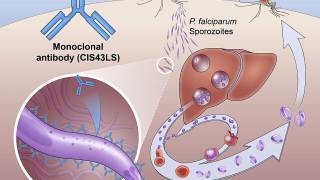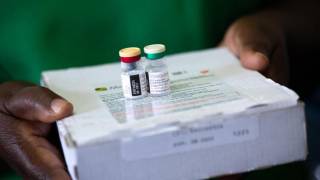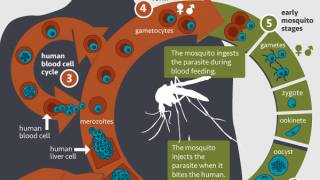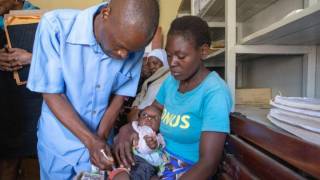Malaria Prevention Gained Innovative Options
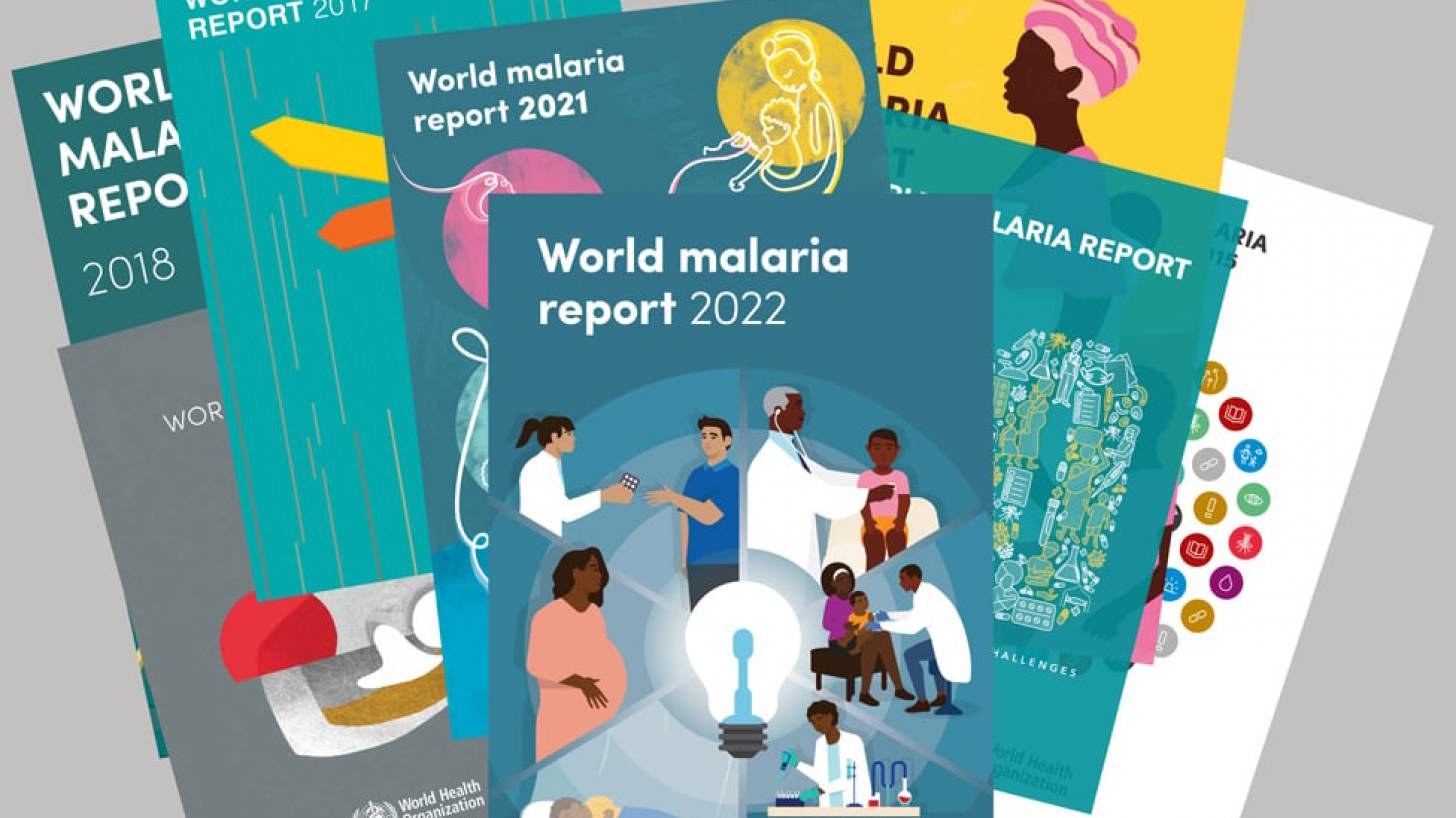
World Health Organization (WHO) released data that show that the world held the line against setbacks to malaria prevention, testing, and treatment services in 2021.
This year's World malaria report estimated 619,000 malaria-related fatalities in 2021 compared to 568,000 in 2019.
The WHO's World Malaria Report for 2022 highlights the progress towards global targets and describes opportunities and challenges for curbing and eliminating this vaccine-preventable disease.
"Following a marked increase in malaria cases and deaths in the first year of the COVID-19 pandemic, malaria-affected countries redoubled their efforts and were able to mitigate the worst impacts of Covid-related disruptions to malaria services," commented Dr. Tedros Adhanom Ghebreyesus, WHO Director-General, in a media release on December 8, 2022.
"We face many challenges, but there are many reasons for hope."
"By strengthening the response, understanding and mitigating the risks, building resilience, and accelerating research, there is every reason to dream of a malaria-free future."
One of the most significant achievements is the increased access to innovative malaria vaccines.
Malaria vaccines have been developing since the 1960s, with two recent authorizations.
On October 6, 2021, the Mosquirix™ (RTS,S) malaria vaccine was recommended by the WHO for sub-Saharan Africa and regions with moderate to high malaria transmission.
And on September 29, 2022, the Drugs Controller General of India granted the R21/Matrix-M™ vaccine permission.
While the pilots are still ongoing until 2023, sufficient data on safety and efficacy have been collected to allow for a broader recommendation for the use of the vaccine, according to the U.S. CDC.
Travelers can protect themselves from malaria by taking prescription medicine and preventing mosquito bites.
For example, Insecticide-treated Bednets (ITNs) are the primary vector control tool used in most malaria-endemic countries.
In 2021, ITN distributions were at similar levels to pre-pandemic years.
And seasonal malaria chemoprevention (SMC) is recommended to prevent malaria among children living in areas with highly seasonal malaria transmission in Africa.
In 2021, further expansion of this intervention reached nearly 45 million children per SMC cycle in 15 African countries, a significant increase from 22.1 million in 2019.
Furthermore, Artemisinin-based combination therapies (ACTs) have been found very effective in treating P. falciparum malaria infections. ACTs are semisynthetic derivatives, a group of drugs.
Malaria-endemic countries delivered an estimated 242 million ACTs worldwide in 2021 compared to 239 million ACTs in 2019.
Malaria is a disease caused by a parasite. Mosquitoes spread the parasite to people when they bite them.
Malaria symptoms usually appear within 7 to 30 days but can take up to one year to develop.
Without treatment, malaria can cause severe illness and death, says the CDC.
"Despite (this) progress, the African region continues to be hardest hit by this deadly disease," added Dr. Matshidiso Moeti, WHO Regional Director for Africa.
"New tools—and the funding to deploy these—are urgently needed to help us defeat malaria."
The total funding for malaria in 2021 was US$ 3.5 billion, an increase from the previous two years.
Other malaria outbreak news is posted at Vax-Before-Travel.com/Malaria.
PrecisionVaccinations publishes fact-checked, research-based vaccine information manually curated for mobile readers.
Our Trust Standards: Medical Advisory Committee

